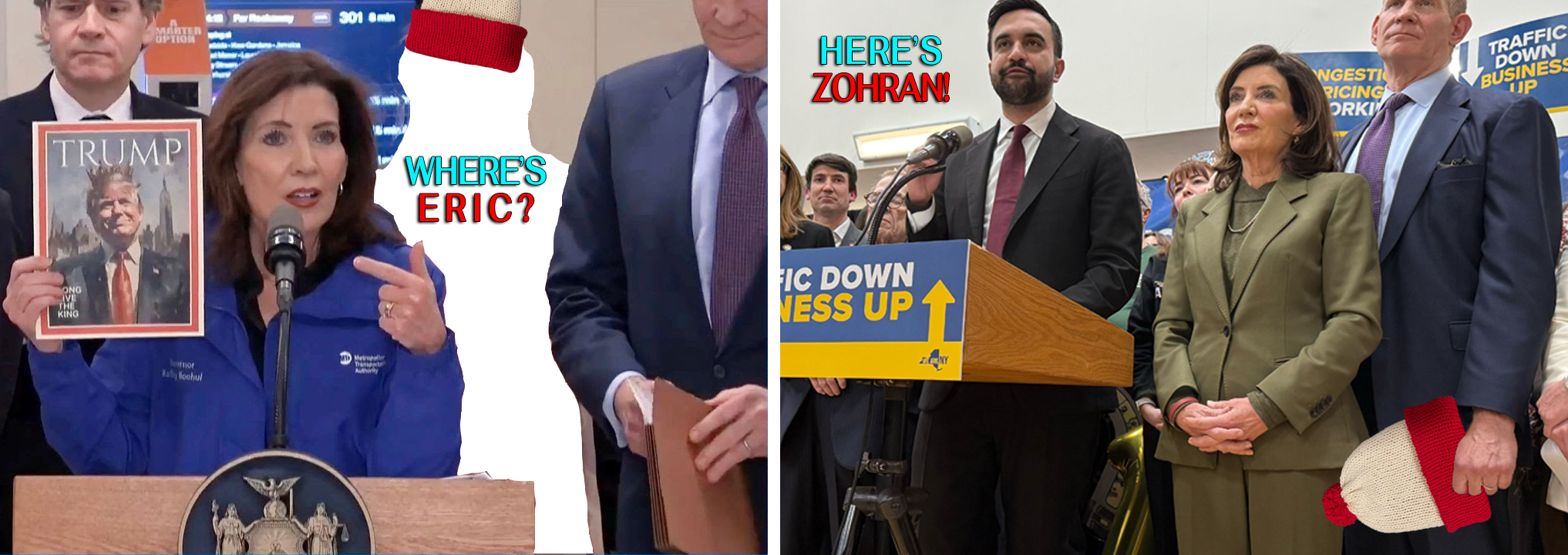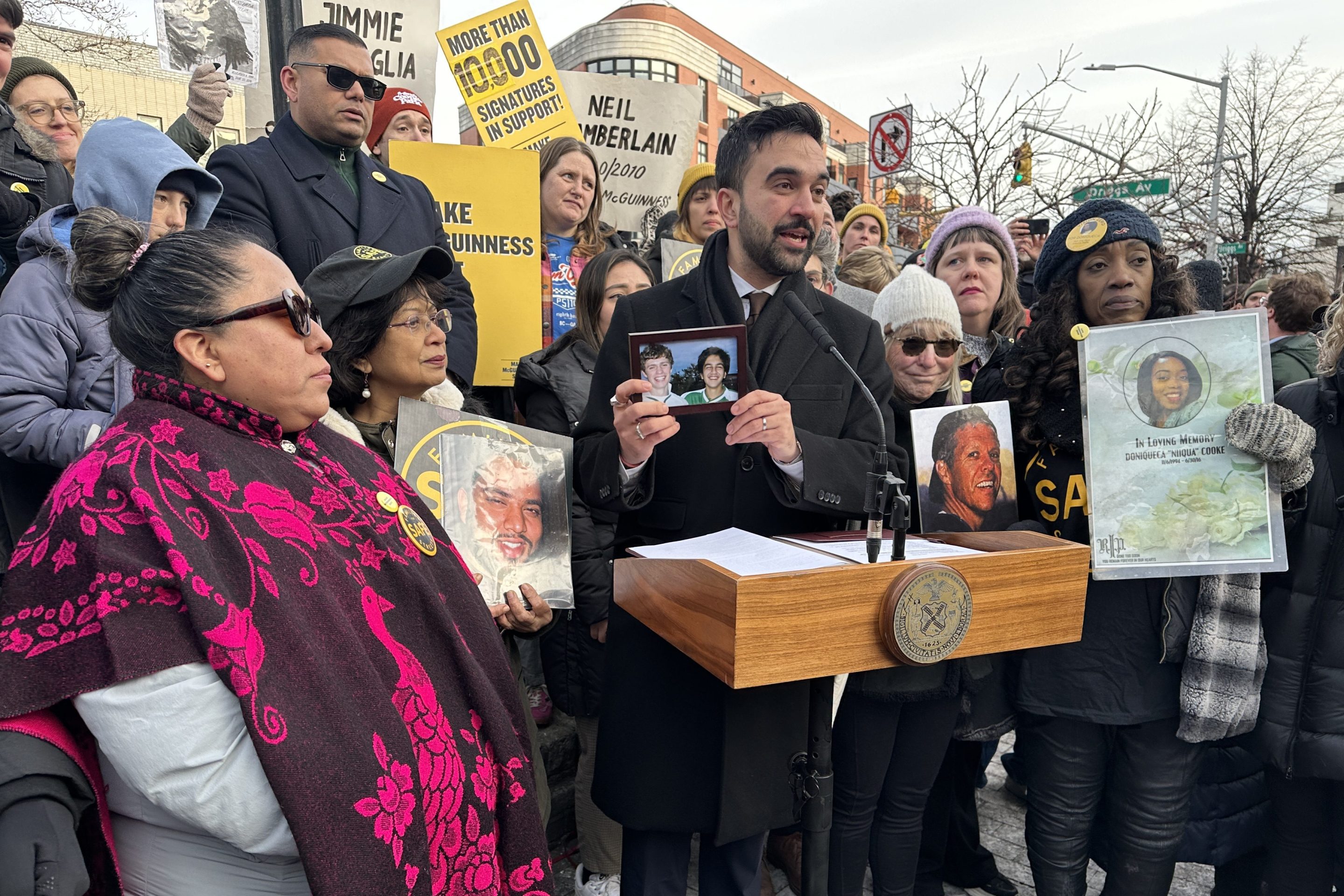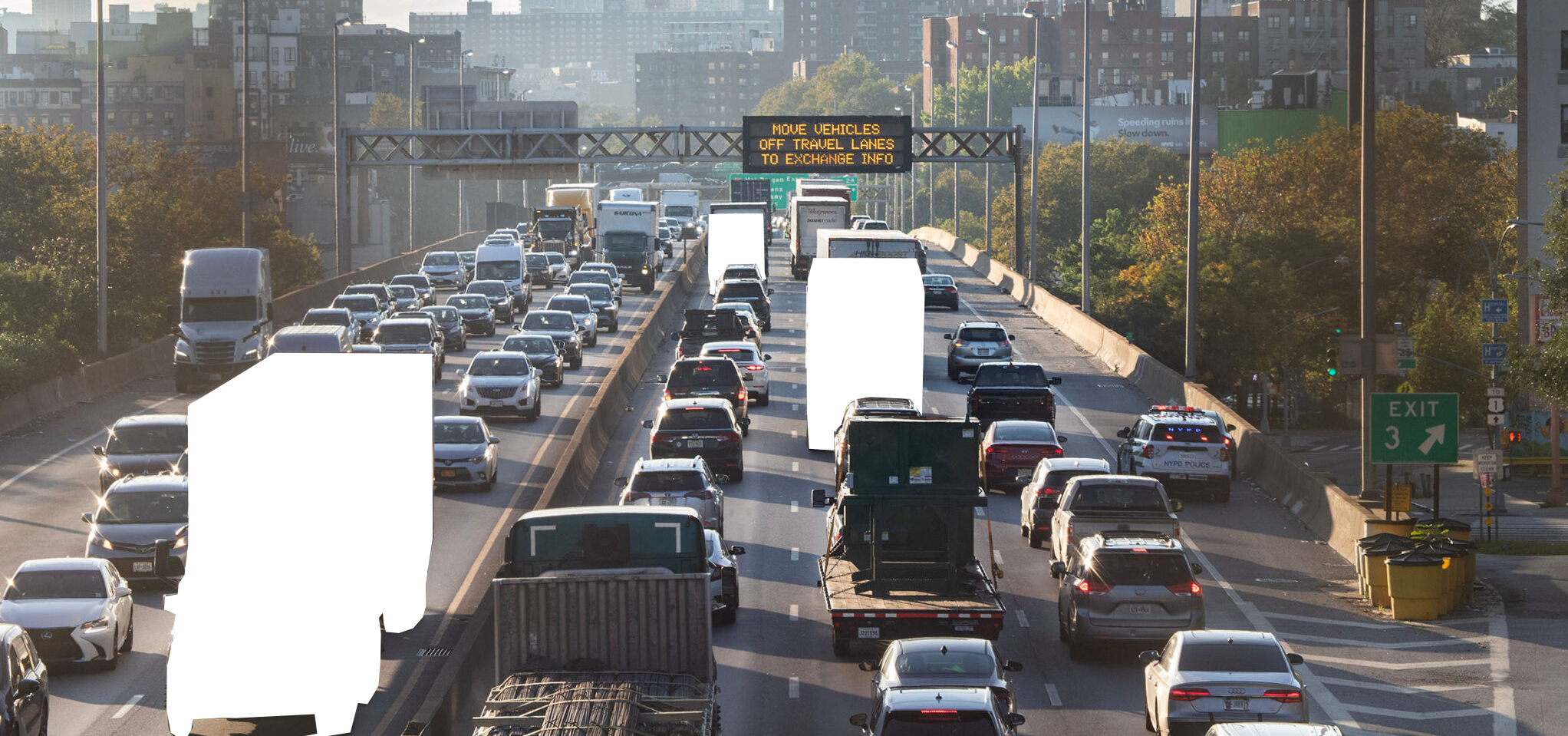Here comes Wal-Mart.
The retail giant, the nation's largest employer, has been eyeing the untapped New York City market for years. So far, opposition to Wal-Mart's notorious labor record has kept the chain outside city limits, but a new push to establish a beachhead in the five boroughs is now underway.
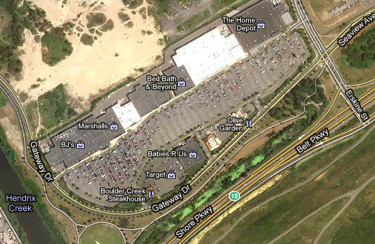
The likeliest site for the city's first Wal-Mart, according to Crain's columnist Greg David, is at the Gateway Center in East New York. The shopping center's website brags that it's "one of the largest suburban-style retail developments" and touts its sea of free surface parking. In other words, a Wal-Mart on that site would stick to the most traditional big-box design, straight out of Bentonville.
Bringing Wal-Mart to New York City doesn't have to be that way, though. A similar lobbying blitz is underway in Washington, D.C., where Wal-Mart is attempting to open four stores. Unlike in New York, however, Wal-Mart is attempting to win support by adapting its stores to the urban environment. For one of the stores, they propose a five-story building with smaller retail along one side of the block and apartments above the stores. "It may be the most well-executed new urban big box department store in America," said Greater Greater Washington.
The executives in charge of expanding Wal-Mart into D.C. clearly believe that good design is the key to winning the support of that city's decision-makers. Here in New York, though, no such pitch is underway.
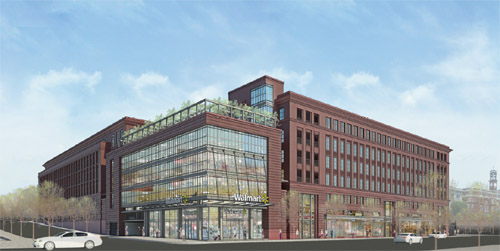
Then again, would you expect there to be? It's hard to imagine that when the City Council holds its first hearing on Wal-Mart on February 3, they'll be concerned with its car-centric, traffic-inducing design. After all, this is the same City Council that responded to merchant opposition to the Flushing Commons development by throwing in $3 million to offer free and discounted parking at that project's 1,600-space garage.
Of course, a D.C.-style design wouldn't change the economic arguments against Wal-Mart.
In fact, a new report by Public Advocate Bill DeBlasio and the Hunter College Center for Community Planning and Development [PDF] argues that smaller Wal-Marts might make the situation worse by spreading the negative effects of the store to more neighborhoods. Write the authors:
The overwhelming weight of the independent research on the impact of Wal-Mart stores on local and national economies – including jobs, taxes, wages, benefits, manufacturing and existing retail businesses – shows that Wal-Mart depresses area wages and labor benefits contributing to the current decline of good middle class jobs, pushes out more retail jobs than it creates, and results in more retail vacancies. There is no indication that smaller “urban” Wal-Mart stores scattered throughout a dense city in any way diminish these negative trends. Rather, such developments may actually result in more widespread economic disruption.
The report goes on to catalog the research supporting their argument that Wal-Mart would be a disaster for workers and small businesses. If Wal-Marts wipe out smaller retailers, that would also be quite a disaster for the city's pedestrian environment.
We're hoping, though hardly holding our breath, that at February's hearing the Council looks not only at what Wal-Mart means for the city's economy, but what big box development means for the city more broadly. Whether we're talking about a Wal-Mart, a Costco, or another brand of big box, what does this kind of building mean for traffic, the environment, or street safety? What questions would you like to see the Council address during its Wal-Mart hearing?


